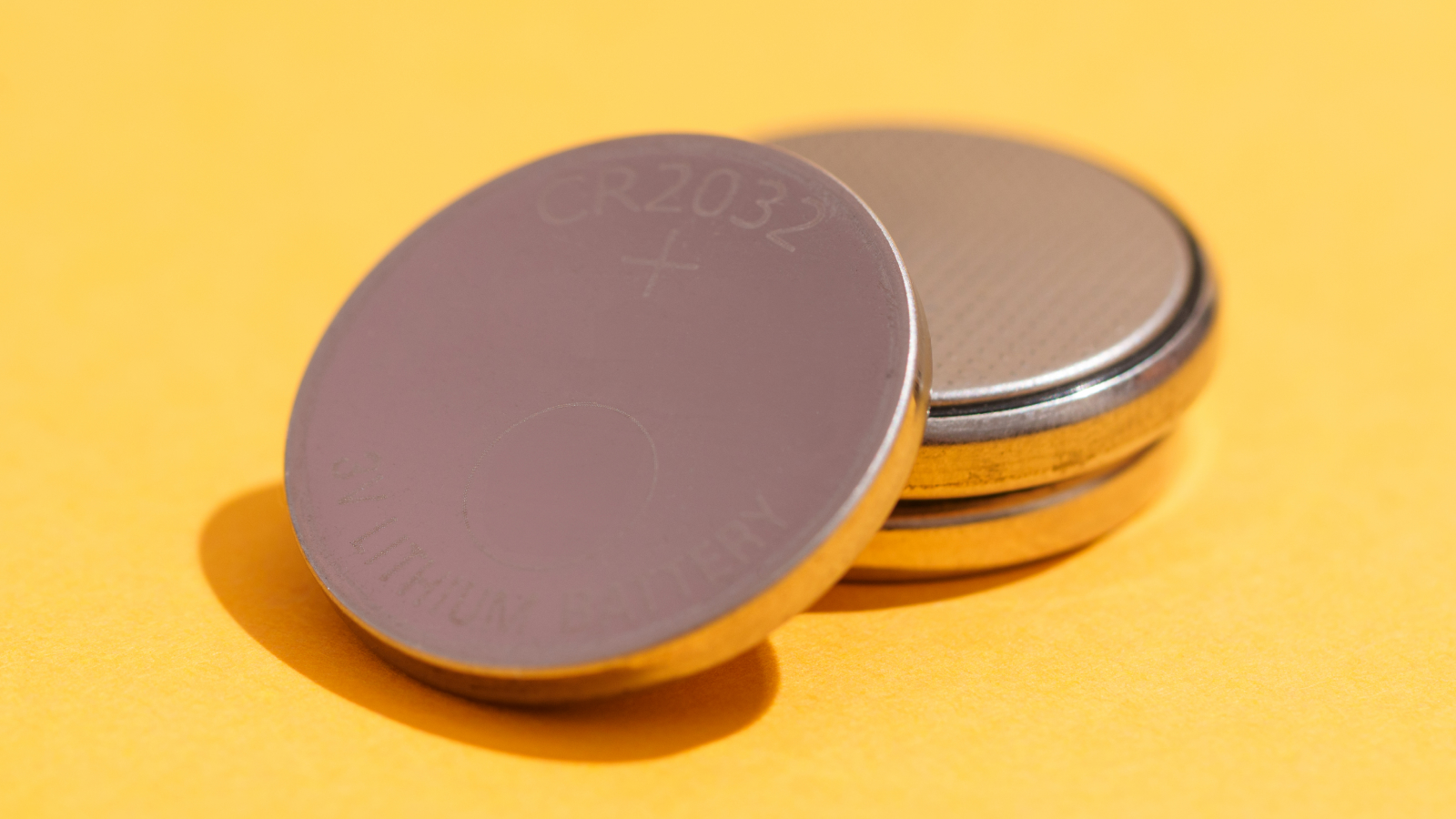Minerals, Vol. 14, Pages 423: Geodynamic Settings of Late Paleozoic–Early Mesozoic Granitoid Magmatism at the Arctic Continental Margins: Insights from New Geochronological and Geochemical Data from the Taimyr Peninsula
Minerals doi: 10.3390/min14040423
Authors: Mikhail Yu. Kurapov Dmitry L. Konopelko Yuriy S. Biske Vasiliy F. Proskurnin Sergei V. Petrov Maria A. Proskurnina Yevgeny Yi. Berzon Victoria B. Ershova Stepan V. Berzin Sergey Yu. Stepanov
Despite significant progress in Arctic geological studies, a number of principal questions concerning the Paleozoic collisional events remain unanswered. Therefore, the Taimyr Peninsula, representing the only outcropped high Arctic region where magmatic complexes, formed by Hercynian collision between the Siberian Craton and the Kara Block, are well exposed, is crucially important. In this paper we report new geochemical and geochronological data for intrusions in the poorly studied northeastern part of the Taimyr Peninsula. The obtained results in combination with published data show that supra-subduction magmatism at the southern active margin of the Kara Block continued from ca. 345 to 285 Ma (Early Carboniferous to Early Permian), and was followed by a post-collisional magmatic pulse that affected the whole Taimyr across terrane boundaries at ca. 280 Ma in the Early Permian. After cessation of the post-collisional magmatism at ca. 265 Ma, the Taimyr experienced extension, and voluminous magmatic series associated with a Siberian mantle plume were formed between 251 and 228 Ma during the Triassic. The studied post-collisional and plume-related intrusions of the Northeastern Taimyr are generally classified as evolved high-K I-type granites with adakitic affinity. The latter is a regional feature because the majority of the analyzed plume-related granitoids are geochemically similar to high potassium continental adakites. It is suggested that the adakitic geochemical characteristics of the plume-related granitoids resulted from melting of hydrated mafic lower crustal protoliths and were controlled by the source lithology. Comparison of the new results with data available for adjacent areas allows for correlation of terranes on a regional scale and sheds light on the evolution of the Arctic continental margins in general. In the Early–Middle Paleozoic, the Kara Block was part of a continental terrane that formed at the northern edge of Baltica as a result of Neoproterozoic Timanian orogeny. In the Early Carboniferous, the southern margin of Kara turned into an active margin, while its inferred continuation in the eastern Uralian margin of Baltica remained a passive margin until the Early Permian. This discrepancy can be explained by dextral displacement of Kara relative to Baltica that took place in the Early Carboniferous and was later accommodated by the formation of the Taimyr collisional belt in the course of the Early Permian collision between Kara and Siberia. After collision, the Taimyr was incorporated into the northern Eurasian margin as an uplifted block that experienced surface erosion and supplied clastic material in surrounding basins.

 2 weeks ago
15
2 weeks ago
15


